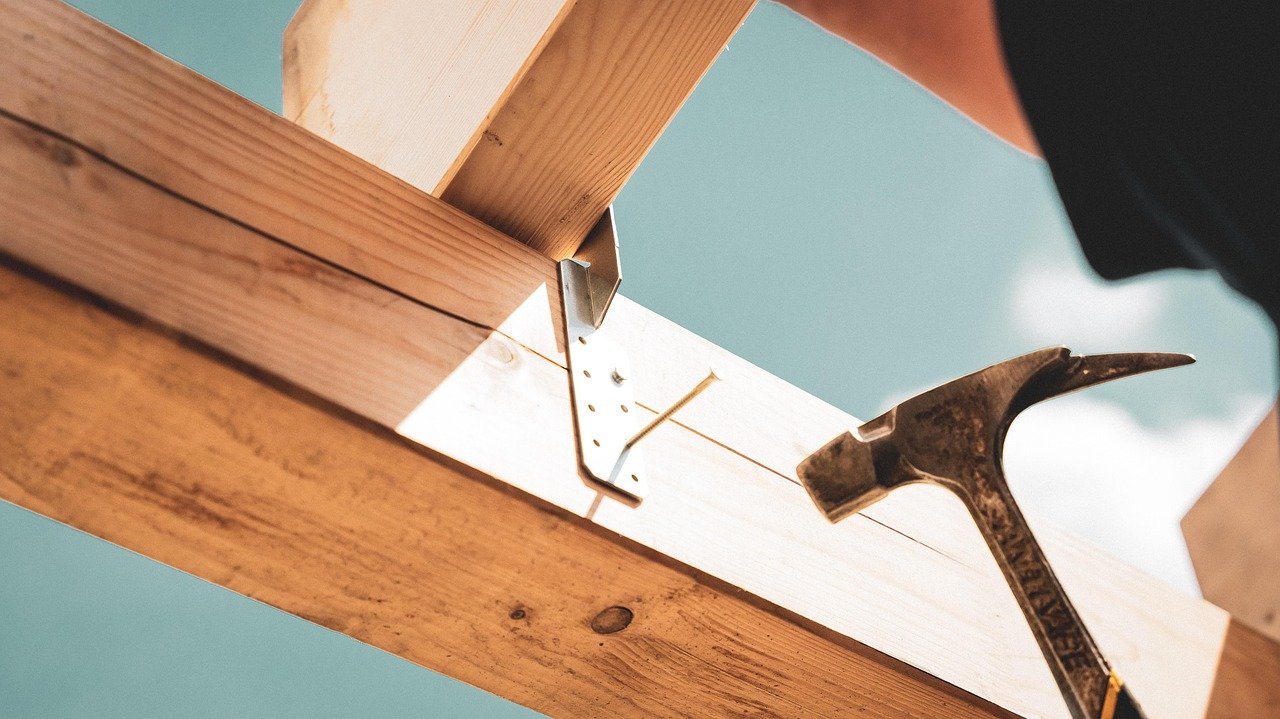Using Sweat Equity to Make Your First Rental Work
Starting your first rental property can be tricky, especially if you’re limited to a 25% down payment or less. Buying a turnkey property may leave you with little to no cashflow. But here’s the secret many early investors discover: your own time and effort can create equity.
Take the example of a new investor buying a distressed property in a decent neighborhood. With a little elbow grease—painting, flooring, minor repairs—you can increase the property’s value and the rent you can charge, turning a marginal investment into a profitable one.
Why Sweat Equity Matters
- Compensate for low LTV: With a 25% or lower down payment, cashflow might be minimal.
- Create value without cash: Renovation work can increase rent potential and property value.
- Learn the market: Early hands-on experience teaches maintenance, tenant needs, and investment strategy.
Finding the Right Property
Look for:
- Distressed properties in decent neighborhoods (not slums).
- Units where minor renovations can substantially improve rent value.
- Areas with rental growth potential, even if capital gains are slower initially.
Labour-to-Equity Calculator
Use this interactive tool to see how your renovation effort can boost potential rent:
$
$
Potential Rent Increase: $0
New Potential Rent: $0
Key Takeaways
- Labour is a form of capital: your sweat equity can directly increase your rental income.
- Start small, focus on manageable renovations, and track your costs carefully.
- Use tools like MyDoorsPro to model your cashflow and potential gains before investing.
- Many successful investors began by turning distressed properties into profitable rentals through hands-on work.
